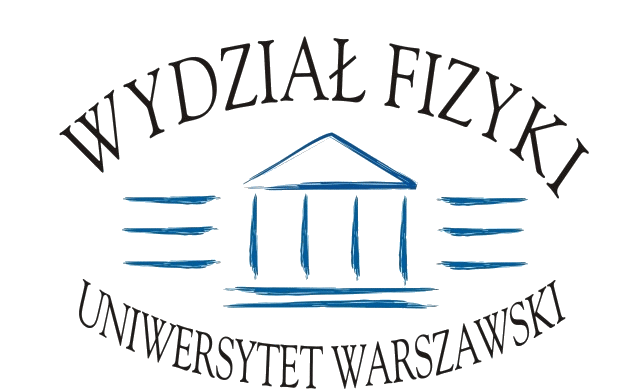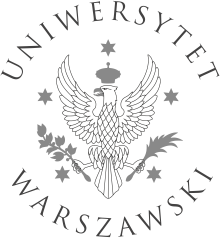Jerzy Pniewski and Leopold Infeld Colloquium
2025-11-27
The Jerzy Pniewski and Leopold Infeld Colloquium of the Faculty ofPhysics will be held in room 0.06 on Monday, December 1, at 11:00 AM.
The lecture entitled:
"The art of bookbinding: uncovering the secrets of old masters withnon-invasive 3D imaging"
will be delivered by:
dr hab. Chiara Mazzocchi, Faculty of Physics, University of Warsaw
During the lecture, we will learn about the application of modern scientific methods in the conservation of medieval books, using the example of the Book of Hours of Mary Stuart, Queen of Scots. Measuring just 4.8 cm × 3.5 cm, this book is the smallest illuminated Book of Hours from the Middle Ages. It is worth noting that we will obtain first-hand information, as Dr. Chiara Mazzocchi was directly involved in the research, being part of the conservation work.
The abstract of the Colloquium can be found below this news item.The lecture will be held in English.
Before the Colloquium, from 10.30 AM, please join us for informaldiscussions over coffee and cakes in the lobby outside room 0.06.
The next Colloquium will be held on January 19, 2026.
With best regards,
Barbara Badełek
Jan Chwedeńczuk
Jan Suffczyński
Abstract:
"The art of bookbinding: uncovering the secrets of old masters withnon-invasive 3D imaging"
dr hab. Chiara Mazzocchi, Faculty of Physics, University of Warsaw
Cultural heritage conservation relies more and more on the support of scientificanalysis, in particular by using techniques that are non-invasive. This is a fundamental characteristic when dealing with unique artworks of the utmost historical and/or artistic importance. In order to study the structure of the binding of a book, in particular when the book cannot be easily opened without damaging it, the cover needs to be taken apart. Such invasive method is not applicable in the case of precious and unique historical books. An alternative and, most importantly, non-invasive method to understand the structure of the binding without dismounting the cover is to exploit imaging by means of X-rays, which are highly penetrating and don’t causeany damage. Namely, computed tomography (CT), in particular micro-CT, can be applied in such studies. Micro-CT can then be used to study the book structure, in particular the spine, as support for conservation work, to provide an insight before physically touching the book and intervening on it. In this pilot study, the method was used to support conservation work on the prayer book of Mary Stuart, Queen of Scots. It is a delicate, illuminated manuscript on vellum, written in Latin and French, made first for the Abbess of Fontevraud, who donated it to Mary Stuart, her niece. Following a rebinding in the late 18th/early 19th century, pages were misplaced, some are missing, and it was no longer possible to open the book to more than about 30 degrees without damage to the binding and the pages. The results of the analysis conducted in the framework of the book conservation will be discussed.





